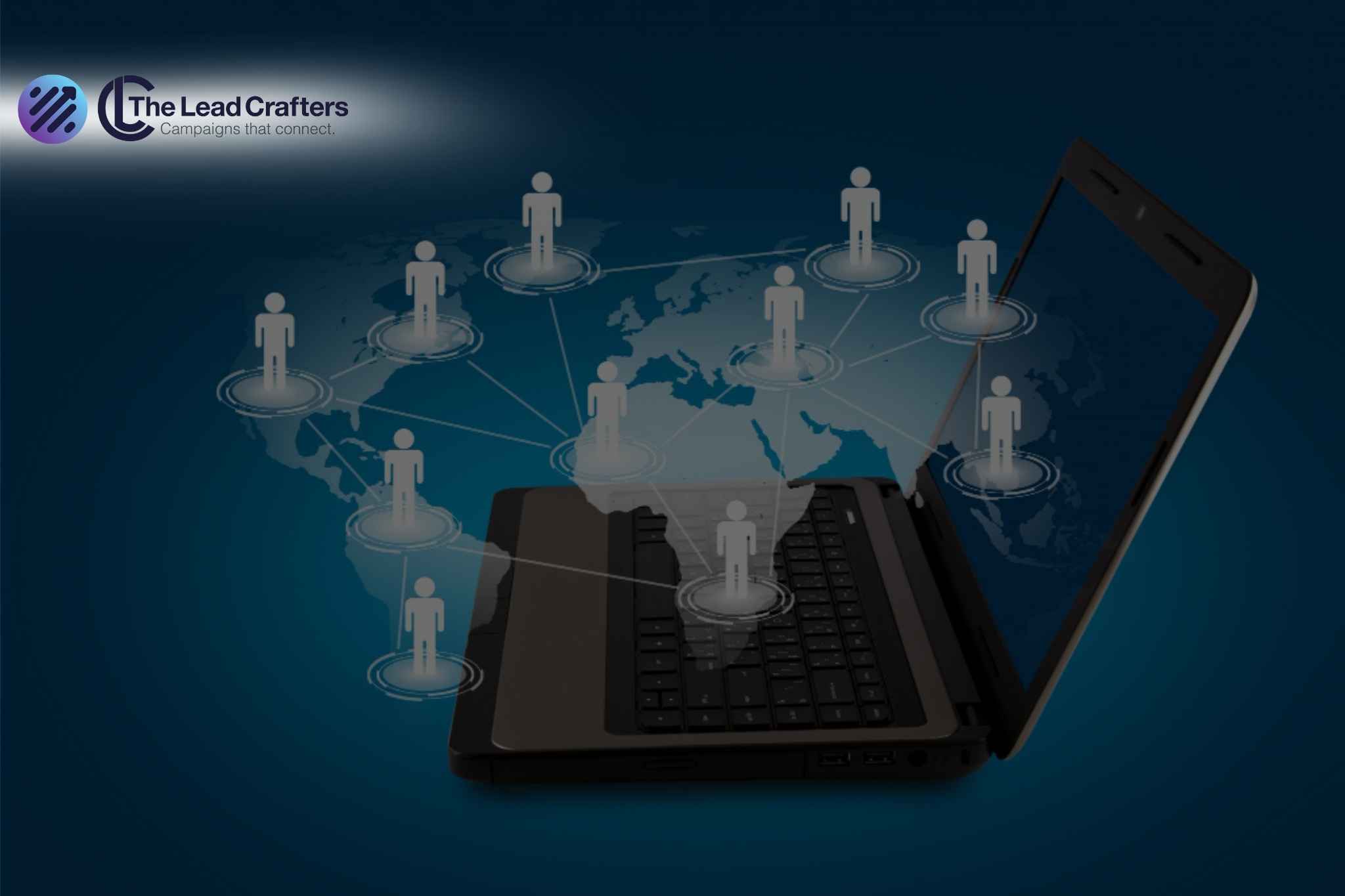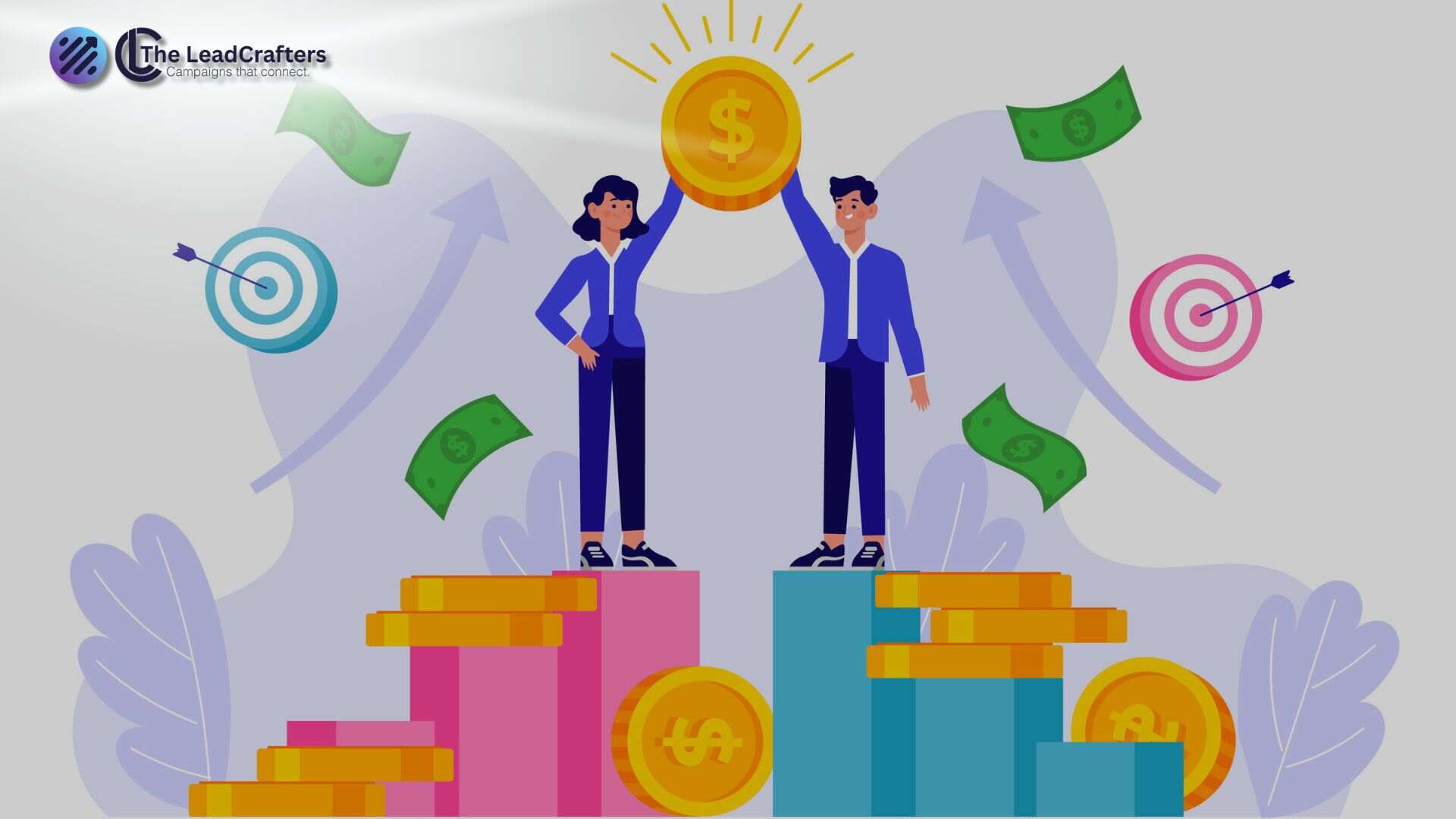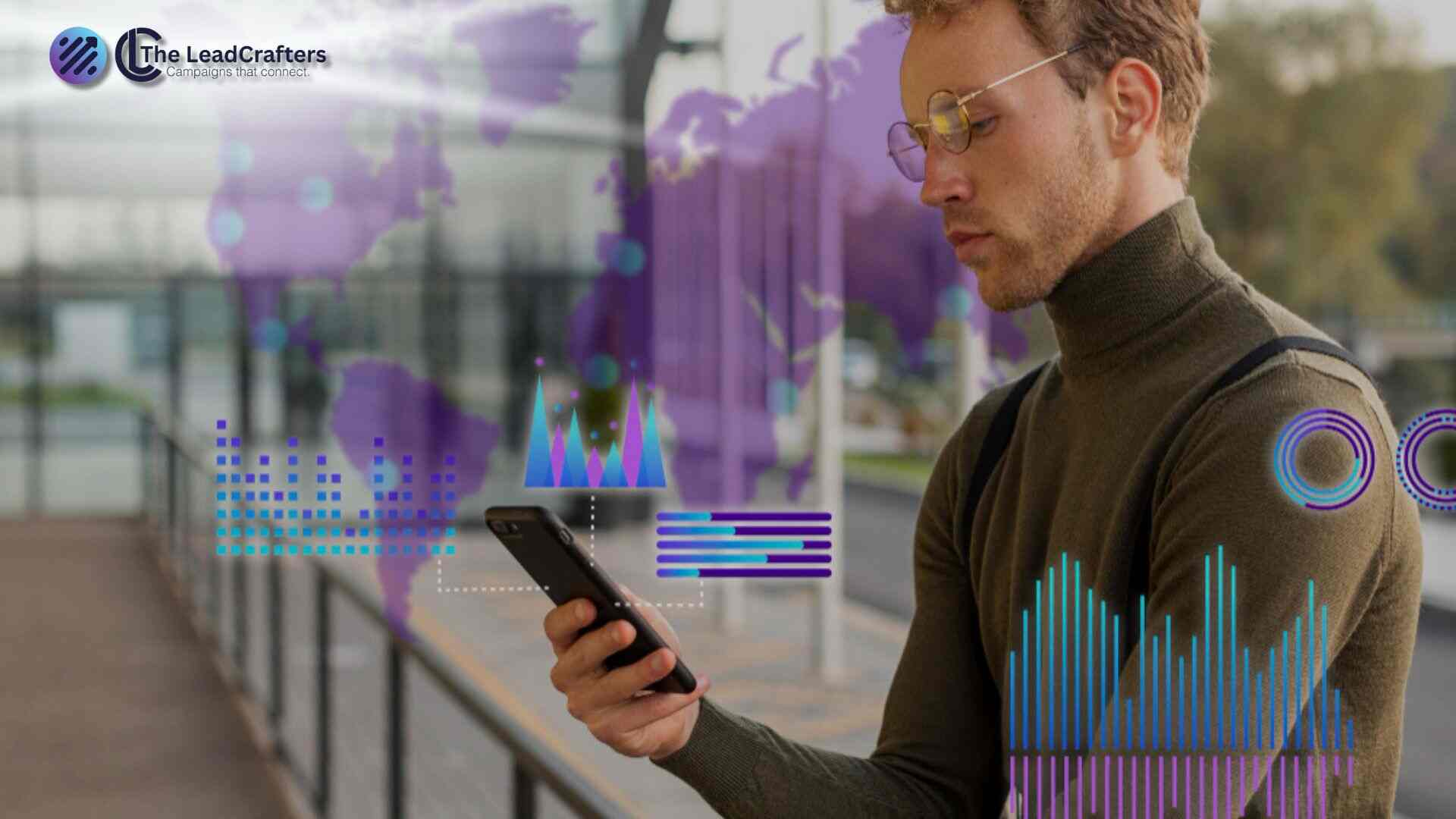In today’s competitive B2B landscape, demand generation is no longer just about running ads or sending email blasts. It’s about delivering real value, building trust, and aligning marketing with the user experience. One of the most powerful—yet underused—strategies is turning product-led growth (PLG) into a sustainable demand generation engine.
In this blog, we’ll break down how product-led growth can be a game-changer for B2B demand generation and how you can turn your product into a lead magnet that scales.
🔍 What is Product-Led Growth (PLG)?
Product-Led Growth is a go-to-market strategy where the product itself drives user acquisition, retention, and expansion. Rather than relying solely on sales teams or heavy marketing budgets, companies let the product deliver value first—often through freemium models, free trials, or self-serve onboarding—and then convert happy users into paying customers.
Popular PLG examples include Slack, Zoom, Dropbox, and Notion.
Key Characteristics of PLG:
- Self-service onboarding
- Viral loops and referrals
- Usage-based upgrades
- Built-in support and documentation
- User behavior analytics to guide growth
PLG aligns naturally with demand generation because it gives prospects a hands-on experience with the product — building trust, demonstrating value, and encouraging organic sharing.
💡 Why PLG is a Perfect Fit for Demand Generation
Traditional demand generation tactics like gated content, paid ads, and webinars are still useful, but they often focus on promises rather than proof. PLG flips the funnel—it lets the product speak for itself.
Here’s how PLG enhances demand generation:
- Reduces Friction: Prospects try before they buy, making the journey smoother and faster.
- Shortens the Sales Cycle: Users experience value upfront, reducing the need for lengthy sales calls.
- Improves Lead Quality: Product-qualified leads (PQLs) have already interacted with your product and are more likely to convert.
- Generates Organic Word-of-Mouth: Happy users share tools they love, leading to free exposure.
🧩 Integrating PLG into Your Demand Generation Strategy
Turning PLG into a lead generation machine requires a thoughtful strategy. Let’s walk through key steps to make your product the centerpiece of your demand gen engine.
1. 🎯 Define Your Product-Qualified Lead (PQL)
Not all users who sign up are ready to buy. Your goal is to identify PQLs — users who have reached a point in the product where they’ve seen clear value.
For example:
- A CRM might define a PQL as a user who has added 50+ contacts and created a pipeline.
- A project management tool might define a PQL as someone who invites teammates and completes 3 tasks.
Action Step:
Create a scorecard for product usage. Define key milestones that indicate user engagement and readiness to upgrade.
2. 🛠 Build a Frictionless Onboarding Experience
Onboarding is the bridge between curiosity and value. If users struggle to get started, they’ll churn before becoming leads.
Tips for Success:
- Use tooltips and checklists to guide users.
- Include welcome videos or product tours.
- Offer live chat or AI-guided support.
- Personalize onboarding based on use case or industry.
Pro Tip: Track onboarding funnel drop-offs and iterate fast.
3. 📊 Leverage Product Usage Data
PLG generates a treasure trove of behavioral data. Use it to trigger personalized nurture campaigns, upsell opportunities, and sales outreach.
Examples:
- If a user creates a dashboard but doesn’t invite teammates, trigger an email nudging them to collaborate.
- If a team hits usage limits, offer a discount to upgrade.
Use Cases:
- Email automation tools like Customer.io, Intercom, or HubSpot.
- In-app messaging for contextual nudges.
- Sales alerts when usage crosses PQL thresholds.
4. 🔁 Create Viral Growth Loops
Make sharing your product natural and rewarding.
Ideas include:
- Collaborative features (invite teammates, share links).
- Branded exports or templates.
- Referral rewards (credit, swag, or discounts).
Slack’s growth exploded by making team invites part of the core workflow. Can you build something similar?
5. ✍️ Use Content to Support the Product Journey
While the product leads the way, content still plays a crucial role in demand generation.
Content that aligns with PLG:
- How-to guides for common use cases
- Integration tutorials
- Industry-specific success stories
- Comparison pages (vs competitors)
- Community spotlights and customer interviews
These assets support users post-signup, helping them extract more value and become paying customers.
6. 📞 Align Sales with Product Signals
In PLG models, the role of sales shifts from cold-calling to closing the warm. Sales teams should focus on Product-Qualified Accounts (PQAs) — companies with multiple engaged users.
Equip your sales reps with:
- Product usage dashboards
- Account-level engagement scoring
- CRM integrations with product analytics tools (e.g., Pendo, Heap, Mixpanel)
Let product signals guide your sales follow-ups — not just demographics.
🔄 The New Funnel: From Awareness to Expansion
Here’s how the funnel shifts when you use PLG for demand generation:
| Funnel Stage | Traditional Demand Gen | PLG-Powered Demand Gen |
|---|---|---|
| Awareness | Ads, SEO, Content | SEO, Viral Sharing, Integrations |
| Interest | Gated eBooks, Demos | Free Signup, Trial, Freemium |
| Consideration | Case Studies, Webinars | In-App Value Realization |
| Conversion | Sales Team | Usage-Based Upsell |
| Expansion | Customer Success | In-Product Prompts, Upgrades |
PLG doesn’t replace traditional demand gen — it enhances it. You just move the proof closer to the prospect.
✅ Real-World Examples of PLG Driving Demand
Let’s look at real examples of companies that turned PLG into a demand engine:
🔹 Notion
- Offers a generous free tier
- Users invite others naturally for collaboration
- Content strategy supports user education
- Scales from individual users to enterprise teams
🔹 Calendly
- One-click signup with value shown instantly
- Viral by design (everyone receives meeting links)
- Paid plans kick in when power features are needed
🔹 HubSpot
- Combines freemium product with strong content marketing
- Integrates product data with sales pipeline
- Cross-sells other tools as companies grow
These brands prove that when the product leads, demand follows.
🧠 Common Mistakes to Avoid
- Focusing Only on Top-of-Funnel Metrics
PLG shines post-signup—don’t stop measuring after MQLs. - Poor Onboarding Experience
If users can’t reach value fast, they’ll bounce. Optimize this constantly. - No Feedback Loops
You need tight collaboration between product, marketing, and sales. - Failing to Nurture Free Users
Just because they’re not paying now doesn’t mean they won’t convert later.
🚀 The Future of Demand Gen is Product-Led
B2B buyers are more skeptical, self-directed, and value-conscious than ever before. Giving them a taste of the product — without barriers — builds trust faster than any whitepaper ever could.
At The LeadCrafters, we help growth-focused companies implement smart demand generation systems, including Product-Led Growth strategies that scale.
If you’re ready to turn your product into your top-performing marketing channel, let’s craft your PLG demand engine today.
📢 Ready to Make Your Product Your Best Marketing Tool?
Let The LeadCrafters help you implement PLG strategies that attract, convert, and retain more customers—without the noise. Contact us today to get started.



